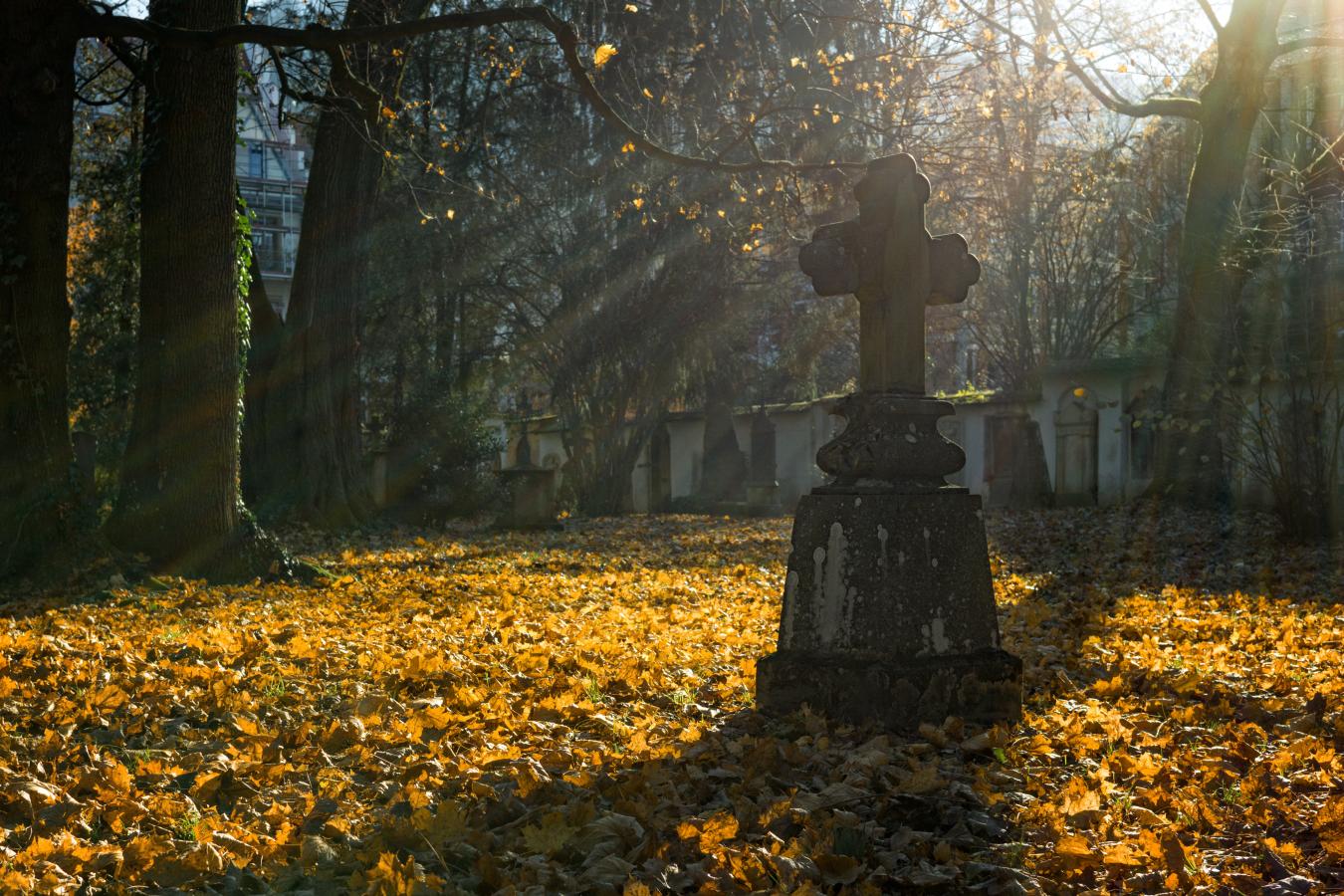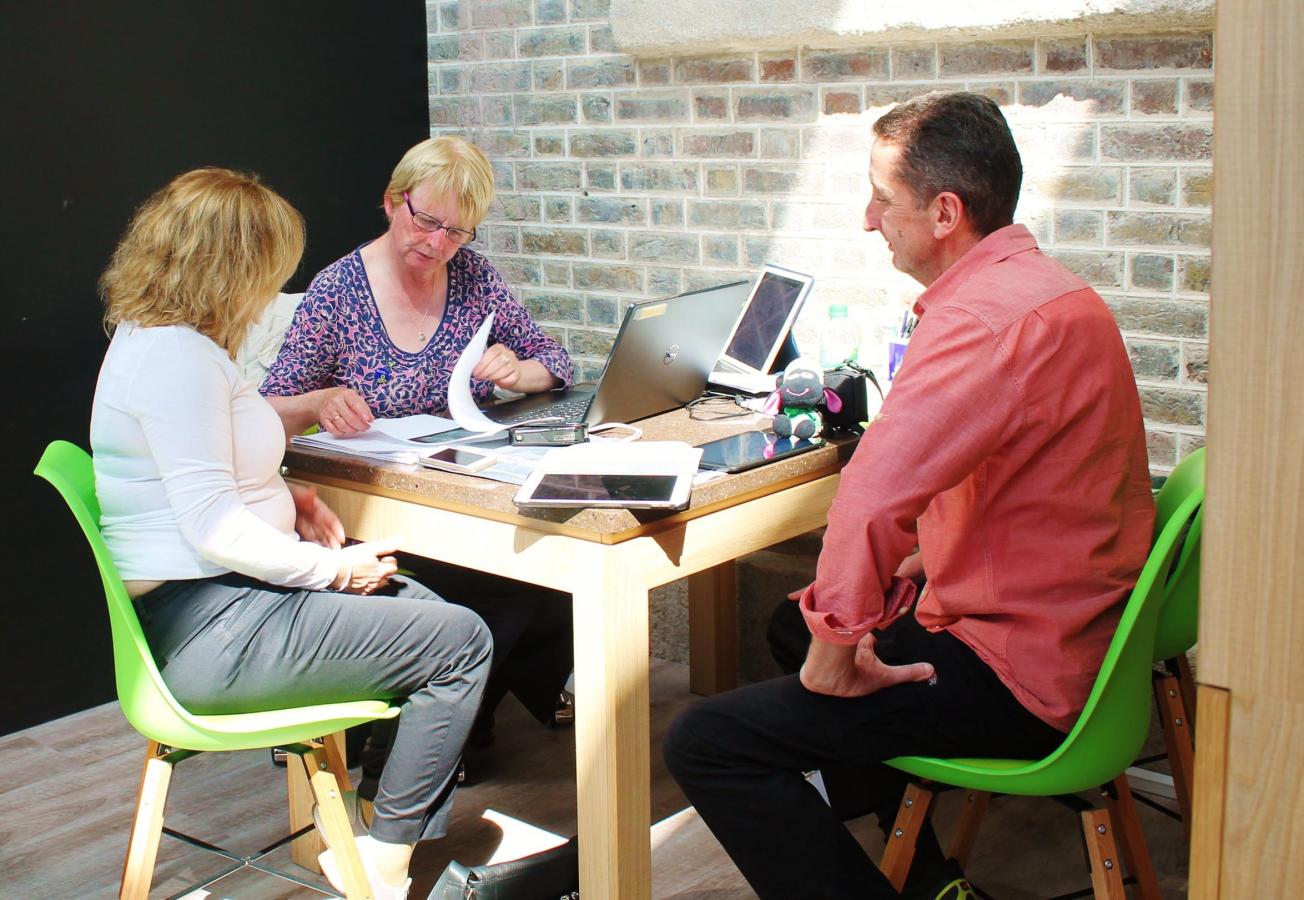
A lady from Pennsylvania, Kathy, arrived into the Irish Family History Centre (IFHC), located in the CHQ Building in Dublin, in early October. She had no idea where her family came from in Ireland but she had done some previous research and had found her family on the US censuses. Kathy is a member of a genealogical society so she had already undertaken a lot of US-based research. The last US census that she had found her direct paternal ancestor in was the 1870 census – he was not on the 1880 census – so she suspected that he had died during the 1870s. He may have been from County Cork, but she had no records to show a location in Ireland.
Myself and Kathy decided to start with her male ancestor’s death and work backwards. He had lived in La Salle County in Illinois, so that seemed a good place to start. There are many cemetery online databases but the two best ones for anyone starting their search are Billion Graves (https://billiongraves.com/) and Find a Grave (https://www.findagrave.com/ ). And we got lucky. The headstone of Kathy’s ancestor was listed on Find A Grave and, to her and my great surprise, it actually gave his place of origin in Ireland carved onto the gravestone. However, reading the image of the headstone on the website was not easy. Claire Murray (IFHC Education Officer), myself and Kathy poured over the photo and eventually concluded that her ancestor was from County Kerry. Kathy is now planning a trip to Illinois to see this headstone ‘in person’. That stroke of luck provided the vital information that Kathy needed in order to tackle the Irish records themselves and so progress her research.
Many Irish who passed away abroad were very proud of their roots. My advice is always check to your ancestor’s headstone to see if there is a place of origin inscribed on it.
By Maura Flood
